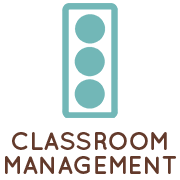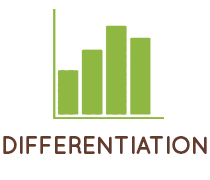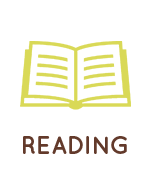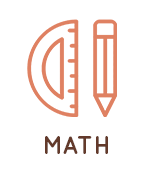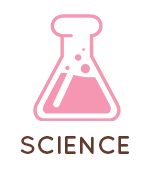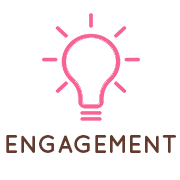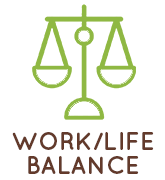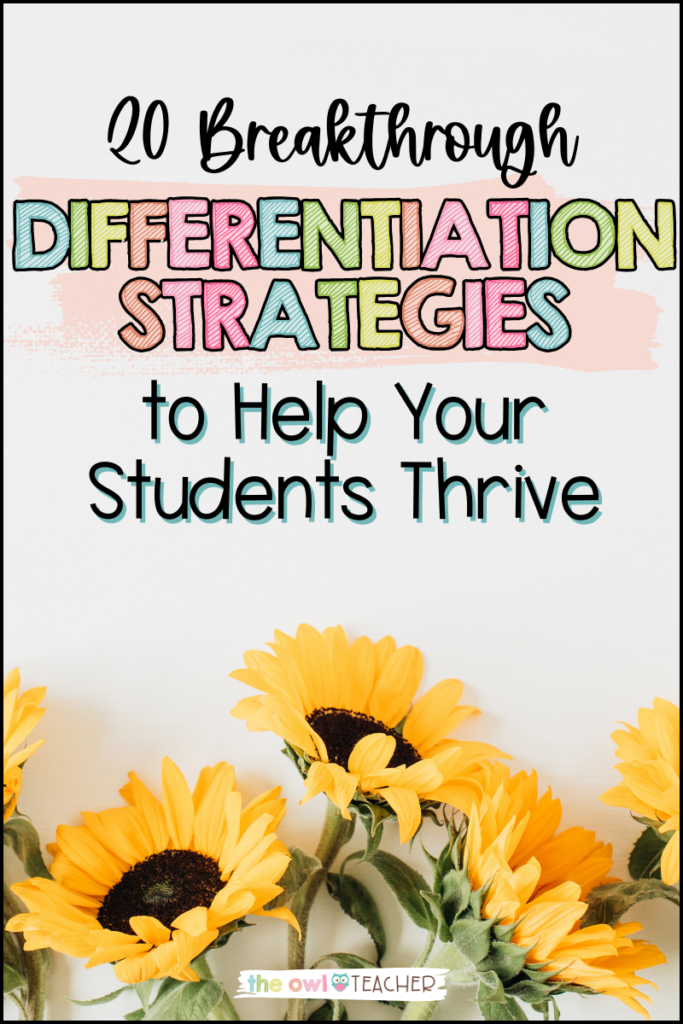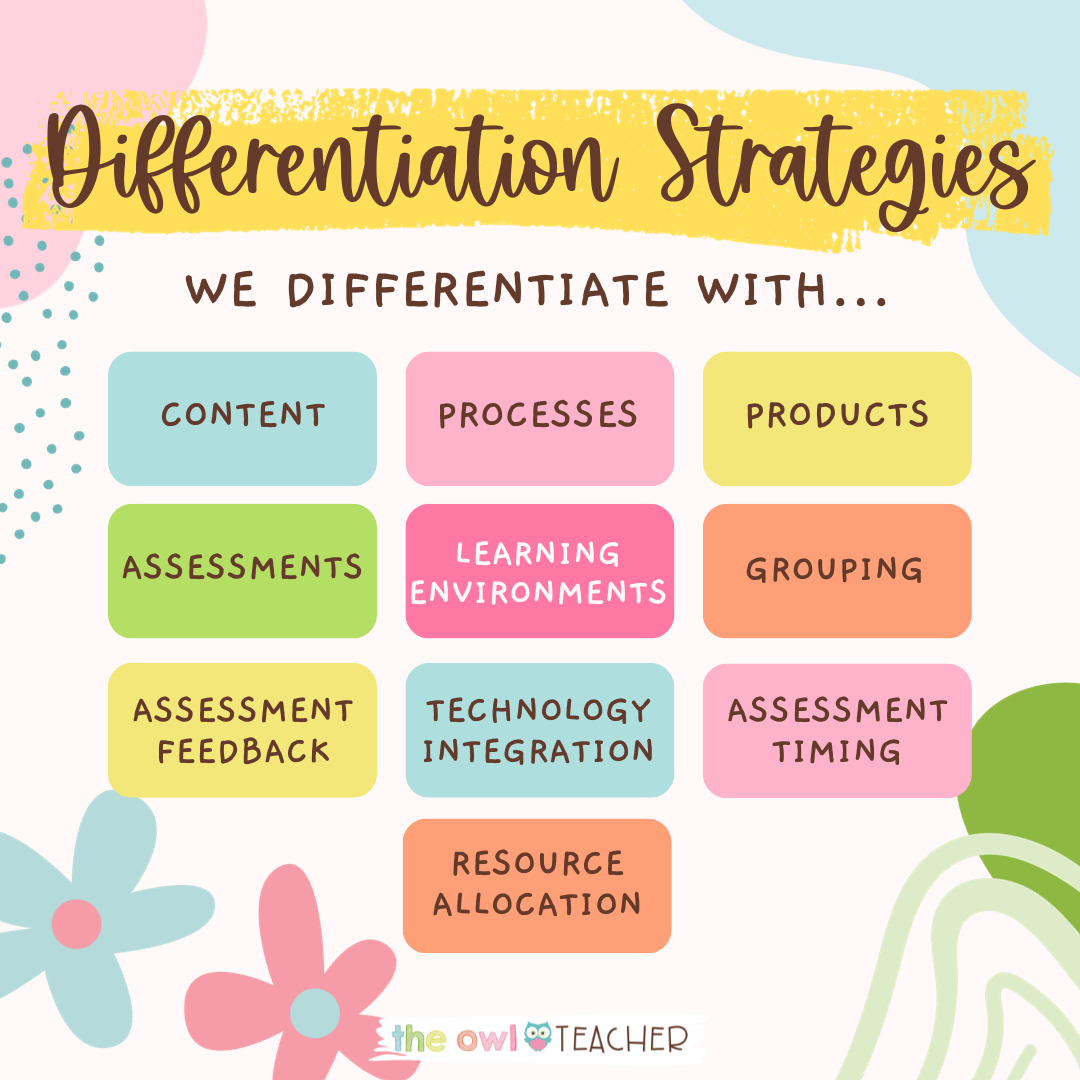If I’ve said it once, I’ve said it a million times: differentiation is the key to unlocking every student’s unique potential. And, as I’ve mentioned before in my original differentiation blog post, differentiated instruction is more than just using a variety of instructional strategies to engage students; it’s about striking that perfect balance between effort and success for every single student in your classroom. That’s why researching and employing differentiation strategies is so important!
Of course, I know that finding the time to research differentiation strategies is much easier said than done. That’s why I’ve gone ahead and done all the research for you! In this blog post, we’ll explore not just a few, but twenty exceptional differentiation strategies that are not only backed by research, but are also brimming with creativity and are sure to engage.
Let’s take a look!
Differentiation Strategies: Content
1. Content Choice Menus
Picture this: a classrooms where students have a say in what they learn. It sounds exciting, but also a bit dangerous, don’t you think? What if students choose to learn about Minecraft all day long? That’s not going to help them lead a successful career later on in life!
The good news is that you can still provide students with content choice while still keeping them on track with your lesson plans. By using content choice menus, you can empower students to select topics and materials that pique their interest and still check all the boxes on your end! Whether it’s exploring ancient civilizations or diving into modern world conflicts, students take charge of their learning by selecting from pre-approved topics offered by you. Naturally, the benefits include personalized learning paths (one of the key differentiation strategies) and increased engagement.
2. Multilayered Texts
One of the most problematic areas for students in upper elementary classrooms is reading. There’s no way around it: in your diverse classrooms, it’s a given that your students are going to have varying reading abilities. Obviously, the solution is to differentiate, but which differentiation strategies are going to be most effective?
Enter multilayered texts. These texts offer a variety of different reading levels that all cover the same topic. This means that, within one classroom, students can access content that suits their reading proficiencies. No matter how advanced or behind a student is when it comes to reading, they should be allowed to learn about the same topics as their peers! With multilayered texts, students emerge with individualized reading experiences and improved comprehension to boot.
Differentiation Strategies: Processes
3. Learning Contracts
Similar to content choice menus, learning contracts put students in the driver’s seat, granting your kiddos autonomy over their learning. However, the process is wholly different for these two differentiation strategies. With learning contracts, students set their own learning goals and chart their paths to success. This strategy promotes autonomy as well as accountability!
By taking ownership of their learning journeys, students will develop a sense of responsibility and self-motivation that will lead to success in their daily lives. Self-discipline is a much-needed skill in today’s society, and learning contracts are a great start. The result of this strategy is not just knowledge, but self-directed progress that encourages students to take pride in their academics.
4. Flipped Mastery Learning
No more one-size-fits-all timelines! As the name implies, the flipped mastery learning model flips the script on traditional classroom pacing. In this model, students master content at their own pace rather than within the stringent timelines placed on kiddos in the weeks leading up to exams. Students advance to the next topic only after mastering the previous one, which builds a steady foundation and confidence. The outcome? Mastery of concepts and reduced learning gaps.
Differentiation Strategies: Products
5. Choice-Based Projects
There seems to be a common theme within differentiation strategies: choice! This next entry is no different: choice-based projects are like a buffet of creativity. Students select the format for their final project, from posters to videos to research papers or whatever else they can come up with (so long as it’s approved by you, of course).
By providing students their choice of outlet, you tap into their strengths and interests, resulting in varied and personalized expressions of learning. Not only is it fun for the students to work on something that interests them, but it’s fun for you, too! You never know what exciting format your kiddos will come up with.
6. Peer-Teaching Exhibitions
Once students master something, they always seem to turn into little experts for the next few days. It’s cute to watch, but it also can be used for our differentiation strategies!
Peer-teaching exhibitions transform students into experts. Students should be given the opportunity to dive deep into a topic, then present their knowledge to their peers in creative ways. From the tried-and-true presentations to something more exciting, students should be allowed to come up with their own ways of communicating their knowledge to their peers for added creativity. This strategy promotes peer learning and offers multiple perspectives on a topic.
Differentiation Strategies: Assessments
7. Performance-Based Assessments
Both formal and informal assessments have their place in the modern classroom, performance-based assessments simply take learning to another level. As defined by the New York State Education Department, performance-based assessments are those that “require students to demonstrate or apply their knowledge, skills, and strategies by creating a response or product or doing a task.”
Basically, performance-based assessments require students to apply their knowledge in a way that applies to real-world scenarios. The benefits are obvious: not only knowledge, but real-world application skills as well as providing you with a wide range of assessment options.
8. Self-Assessment Portfolios
When I wrote about measuring student progress, it was for good reason! As an educator, I have no doubt that you understand exactly why it’s so important to measure student progress beginning at the start of the year. When it comes to differentiation strategies, measuring student progress is just as important, but we’re going to let the kiddos take charge this time with self-assessment portfolios.
Self-assessment portfolios are a window into student growth. Throughout the school year, students curate a portfolio showcasing their best work and projects that they’re proud of. They repeatedly self-assess their progress and point out their pride points as well as mistakes they may have made, which leads to improved self-awareness and goal-setting skills.
Differentiation Strategies: Learning Environment
9. Flexible Seating Options
It seems simple, but its value is severely understated: flexible seating options give students choice in their learning environment. Some may prefer the traditional five-desk-groups setup, while others will go for standing desks or cozy reading nooks. It can be difficult to let go of the control your traditional desk setup gives you, but for the sake of differentiation strategies, you’ve got to give it a shot!
By using flexible seating options, you accommodate various learning preferences and needs, which leads to increased comfort and engagement. If a student is comfortable, they’ll have a much easier time paying attention to lessons rather than shifting around in their hard, uncomfortable chair. There’s a reason our office chairs are made with soft, cushy padding!
10. Learning Stations with Varied Resources
By now, I’m sure you know all about active learning and its importance in your classroom. It’s no surprise that there are differentiation strategies centered around this concept as well, such as learning stations. Learning stations bring active learning to life!
Essentially, you’ll set up a variety of stations related to the topic you’re covering. At each station, there are different resources: hands-on experiments, videos, research materials, and so on. Students rotate through these stations, engaging in various learning modalities and paces. The differentiation here is clear, and it’s likely something you already do to some degree in your classroom. Still, it’s an excellent strategy worth mentioning!
Differentiation Strategies: Grouping
11. Peer Tutoring Networks
Similar to peer-teaching exhibitions, peer tutoring networks transform classrooms into hubs of collaboration. Students become both learners and teachers, enhancing their understanding. By encouraging students to work with their peers, this differentiation strategy fosters collaborative learning as well as peer support.
12. Group Contracts for Projects
Group projects can be a source of contention for many students. There are students who love group work for the social aspect, while other students would prefer to work alone if given the chance. Still, it’s no secret that classrooms should encourage group work in order to develop teamwork and collaboration skills.
That’s where group contracts come in. Group contracts for collaborative projects lay out expectations, roles, and individual accountability for each member of a group. This means that students will know exactly what their expectation is in the group, such as staying on-task and being polite to one another. These contracts ensure clear group dynamics and equitable contributions.
Differentiation Strategies: Assessment Feedback
13. Audio Feedback Recordings
We talk a lot about how important assessments are in the classroom, but providing feedback to your students in a concise, understandable manner is just as important to their growth. In fact, there are even differentiation strategies for feedback, such as using audio feedback recordings.
Audio feedback recordings add a personal touch to assessments. They provide personalized and auditory feedback that, if done right, reduces the chance of misunderstanding on the student’s end and allows for more detailed information than written feedback does. Audio feedback can be done in person or even online through forums such as Google Classroom.
14. Socratic Assessment Conferences
Despite how professional and grown-up it sounds, Socratic assessment conferences are a perfect differentiation strategy for every classroom. Socratic assessment conferences bring teachers and students into meaningful dialogues about assessments that promote reflection and self-assessment, leading to improved metacognition and deeper learning.
A good way to get students into the right frame of mind for Socratic assessment conferences is to utilize growth mindset, such as the bundle I created showcasing the concept in a way your students can understand. Check out the Growth Mindset Bundle here to help your students develop those skills.
In the real world, there are no graded assessments—at least, not as often and regularly as there are in the classroom. It’s imperative that individuals are able to reflect on their own work from time to time and assess themselves in order to course-correct if needed to achieve their goals.
Differentiation Strategies: Technology Integration
15. Adaptive Learning Platforms
I hope you aren’t technophobic, because the digital era is upon us! Thankfully, we can harness the power of technology in our differentiation strategies. For instance, using adaptive learning platforms in your classroom allows students to adapt content based on their individual progress. Students can embark on personalized learning pathways, mastering concepts at their own pace with the help of whichever platforms they’re most comfortable with.
16. Personalized Learning Dashboards
As mentioned several times by now, it’s incredibly important for students to be allowed insights to their personal growth. That’s where personalized learning dashboards come in, such as those found on Khan Academy! Personalized learning dashboards put students in control of their learning by allowing them to track their own progress, set goals, and take charge of their education.
Differentiation Strategies: Assessment Timing
17. Rolling Assessment Submissions
Students who are late to turn in their work are quick to be branded as lazy, but that’s often not the case. Many students lead busy lives with diverse schedules, or may simply need extra thinking time on an assignment in order to put forth their best work. That’s why rolling assessment submissions are another excellent differentiation strategy.
Rolling assessment submissions allow students to choose when to submit their work (within a reasonable timeframe determined by you), accommodating cluttered schedules and work habits. Furthermore, if students are continuing to turn in work late beyond the timeframe, that’s an indication of a deeper issue that you can look into—maybe they need extra help with the concepts.
18. Cumulative Assessments with Revisions
Teaching should never be a one-and-done venture. Lifelong learners are those who continue to build upon their foundational knowledge, reviewing earlier concepts and growing from them. Similarly, students should be engaging with cumulative assessments in the classroom by reviewing previous content.
Cumulative assessments with revision opportunities promote ongoing learning and improvement. With this differentiation strategy, students continuously master content and grow metacognitively.
Differentiation Strategies: Resource Allocation
19. Resource Stations for Diverse Learners
Chances are that you have a variety of resource stations in your classroom, but is there truly enough diversity? Resource stations for diverse learners should provide equitable access to all materials, tools, and support from you. They cater to diverse learning styles and preferences, ensuring that all students have what they need, from hands-on materials to varied texts.
20. Student-Designed Resource Kits
Students taking charge of their learning seems to be a common theme among these differentiation strategies, and this one is no different. Student-designed resource kits empower learners to create their own toolkits for learning, which fosters autonomy and resourcefulness. Besides, students should always be encouraged to learn more about their own personal learning styles so they can flourish.
No matter which of these twenty research-based and unique differentiation strategies you choose to employ, they each have the ability to transform your classroom into a dynamic and inclusive learning environment. Embrace innovation and cater to the diverse needs of your students in order to unlock their full potential. Teacher of the year? I think so!
As educators, our commitment to fostering student growth, engagement, and success drives us to continuously explore and implement innovative differentiation strategies. These strategies, grounded in research and creative thinking, are your tools to make a profound impact on the education journey of each student. Embrace them, adapt them, and watch your classroom flourish.
Which of these strategies do you already employ in your classroom? Which are you most excited to try next? Let me know below. Happy teaching!


